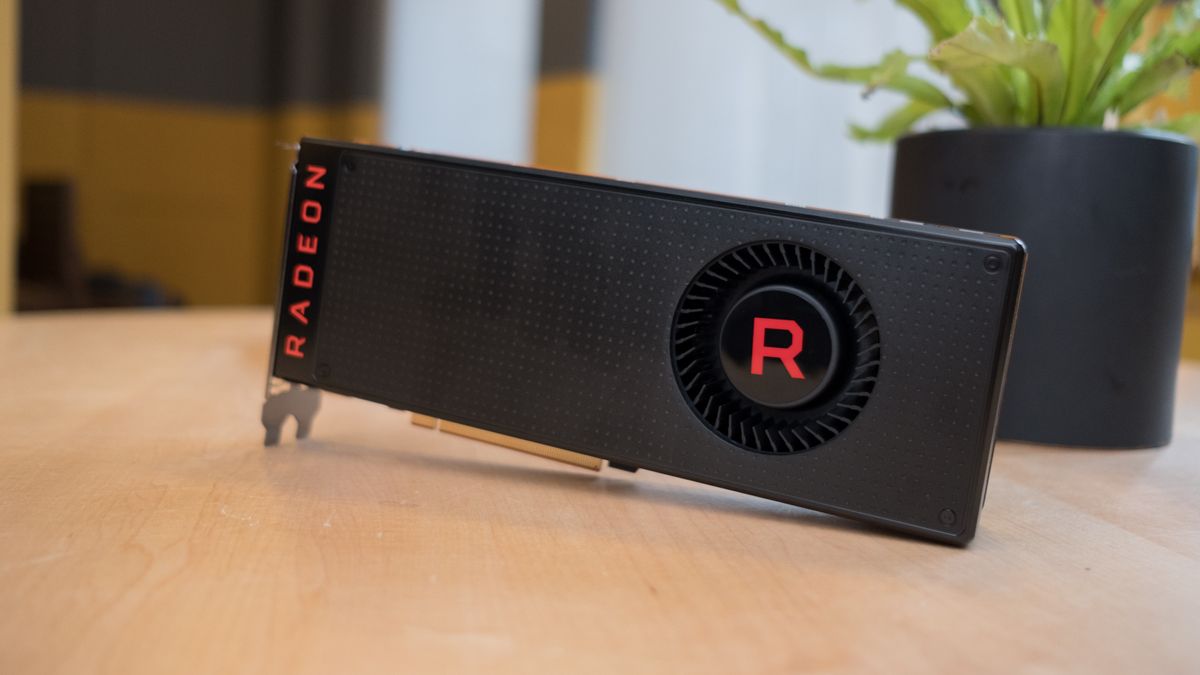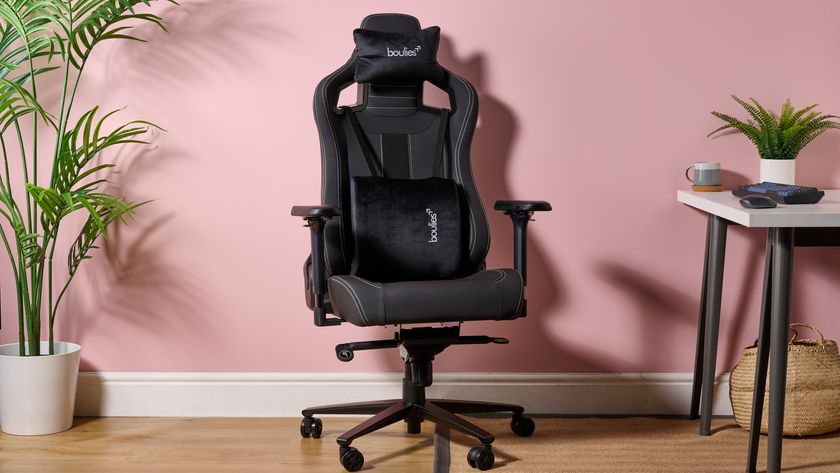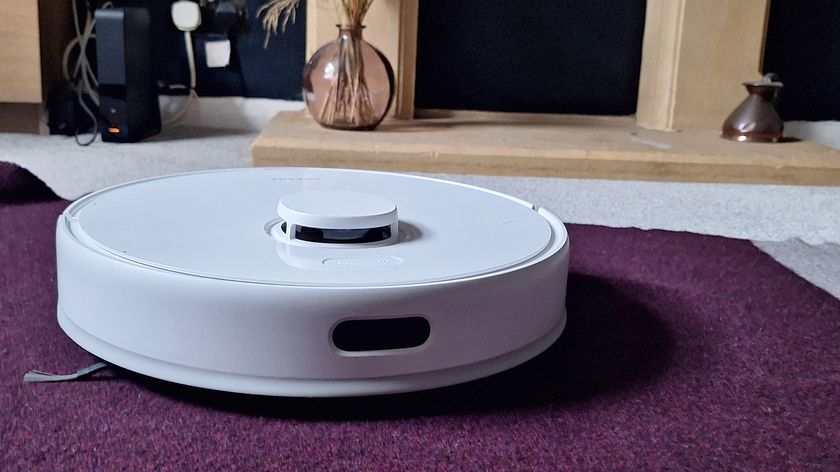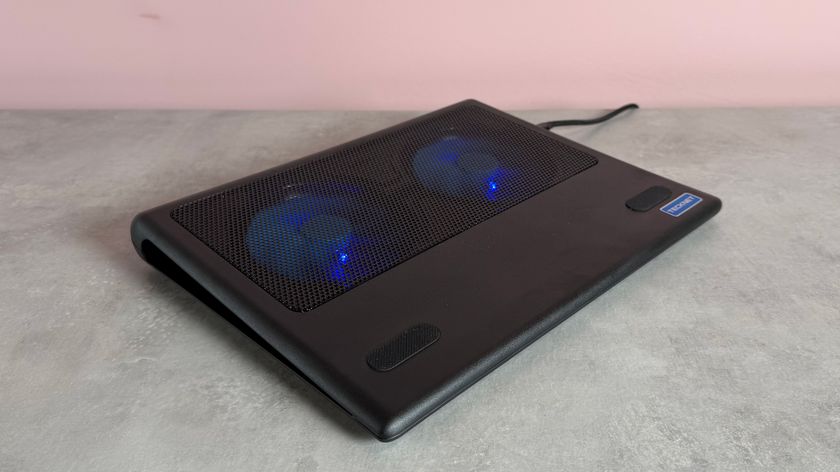TechRadar Verdict
The Radeon RX Vega 64 is an excellent first showing of AMD’s newest graphics cards with Nvidia GTX 1080-equivalent performance and the potential of so much more.
Pros
- +
Impressive benchmark results
- +
Minute GPU tuning control
Cons
- -
Higher energy draw than Nvidia Pascal
Why you can trust TechRadar
AMD Vega has been on the tip of our tongues since its grand introduction at CES 2017. Now, after more than half of a year, it’s finally here with one of its first cards, the AMD Radeon RX Vega 64.
The Radeon RX Vega 64 proves AMD is ready to reenter the world of high-end graphics cards with a part that performs just as well, if not better than, the Nvidia GTX 1080 and for slightly cheaper to boot. Underneath the surface, there’s much more potential in AMD’s Vega platform than just beating its team green rival.
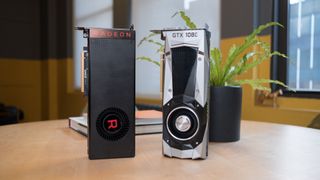
Stream processors: 4,096
Texture units: 256
ROP units: 64
Base clock: 1,247MHz
Boost clock: 1,546MHz
Video memory: 8GB HBM2
Memory clock: 1,890MHz
Form factor: Dual-slot
Power connectors: 2 x 8-pin
Ports: 3 x DisplayPort 1.4, 1 x HDMI 2.0
Price and availability
Priced at $499 or £549 (about AU$630), the AMD Radeon RX Vega 64 is just a smidgen more affordable than the $549 (£539, AU1,299) Nvidia GTX 1080 Founders Edition. That said, you could easily find third-party versions of both graphics cards at lower-prices.
If you’re looking to get the limited-edition version of the Vega 64, you’ll have to buy into AMD’s new Radeon packs. The $599 (about £461, AU$760) Radeon Black Pack is the only way to pick up a sliver-shrouded Vega 64 GPU, and the same goes for the liquid-cooled edition of this card, with the $699 (about £530, AU$875) Radeon Aqua Pack.
On the plus side, these Radeon packs come with an included copy of Wolfenstein II: The New Colossus and Prey. There are also bundled discounts on select AMD Ryzen processor and motherboard combinations as well as the 34-inch Samsung CF791 curved ultra-wide FreeSync monitor.





Design and cooling
AMD’s reference designs for its graphics cards haven’t changed dramatically since the Polaris AMD RX 480 and AMD RX 580. In fact, the biggest differences the Vega 64 brings is a slightly longer body and larger, 30mm cooling fan.
There are a few other new touches, including a large back plate made of solid metal, adding some much needed rigidity to the card’s otherwise plastic construction. Just above the two eight-pin power connectors is a GPU tachometer that lights up depending on your activity.
With the larger fan and an improved isothermic vapor chamber, the Vega 64 runs at a cool 30-degrees Celsius on idle. Meanwhile, at full tilt with the especially punishing Uniengine Superposition benchmark, the card reached a peak 81-degrees Celsius – two degrees above the highest temperature we saw on the Nvidia GTX 1080.
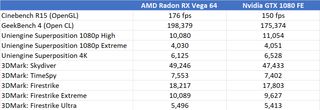
CPU: 3.0Ghz Intel Core i7-6950X Broadwell-E (deca-core, 25MB cache, up to 4.0GHz)
RAM: 32GB G.Skill Trident Z RGB (DDR4 3,200MHz)
Motherboard: Asus ROG Strix X99 Gaming
Power Supply: Corsair RM850x
Storage: 400GB Intel 750 Series U.2 SSD (NVMe PCI 3.0 x4)
Cooling: Corsair Hydro Series H115i extreme liquid cooler
Operating system: Windows 10
Performance
For the purposes of our testing, we set the AMD Radeon RX Vega 64 on its Turbo Mode, which elevates the graphics card into a higher power profile that eats up 30~ more watts of electricity and ramps up the fans for better performance.
It’s not the most economical or quiet performance mode but, while gaming, you want the most performance out of your components.
The AMD Vega 64 slayed the Nvidia GTX 1080 in almost all of our synthetic benchmarks – pulling significantly ahead in some of the 3DMark tests. One interesting outlier was this card’s lackluster performance with the Uniengine Superposition DirectX tests when AMD claims Vega is the best platform for the API. We’ll partially chalk this one up to Superposition not yet supporting the latest DirectX 12 version.
In terms of gaming performance, the Vega 64 plays real-time strategy games, like Total War: Warhammer, at nearly equal average and minimum frame rates. AMD’s new flagship GPU also keeps in step with the Nvidia GTX 1080 in Deus Ex: Mankind Divided, with even better minimum frame rates at 4K.
Unfortunately, the Vega 64 couldn’t win every fight, as the GTX 1080 pulls ahead in GTA V, thanks to enabling a more efficient form of Temporal Anti-Aliasing. Meanwhile, we had to pump up the Multisampling Anti-Aliasing to a more demanding, 4x level to get the same level of smoothing with the Vega 64. So, you’ll likely be able to get higher frame rates with this card if you don’t mind a few extra jagged polygons.
Overall, we’d say the Nvidia GTX 1080 and AMD Vega 64 are on par with each other when it comes to playing games.
To get here, both parts take interestingly different paths, with Nvidia focusing on faster clock speeds on the GPU and memory. Meanwhile, AMD throws more stream processors and overall compute power at the problem.
What’s ultimately more fascinating about AMD’s new Vega platform is its ability to virtually convert your system memory into video memory. With the High Bandwidth Cache Controller, we effectively gave our Vega 64 an additional four gigabytes of graphics memory to run games at even higher frame rates.
AMD is able to do this thanks because it introduced a new form of scalable HBM2 video memory. Unlike the GDDR5 and GDDR5X forms of video memory we've seen from Nvidia, this from of VRAM endows a caching ability that can access hundreds of terabyte of graphics memory, thus shattering the conventional limits of GPU memory.
Combined with Radeon Chill and Enhanced Sync, AMD is building a strong graphics platform.
Beyond the hardware, there are still plenty of pieces of AMD’s Vega platform still in their infancy, including a focus on primitive shaders and its other plans to reinvent the geometry pipeline. We’ll soon see how AMD’s plans play out.
Final verdict
For those who have been gripping tightly to their AMD Radeon R9 Fury X cards, the Vega 64 is the upgrade you’ve been holding out for. It mostly offers Nvidia GTX 1080-equivalient performance at an ever-so-slightly cheaper rate.
More importantly, Vega proves AMD is ready to come back to the high-end graphics world with plenty of promise.
The Vega Frontier Edition shows 16GB VRAM cards are possible and, with the ability to tap into system memory through HBCC for even more virtualized graphics memory, there’s plenty of potential in this platform. If AMD continues to throw more and more compute power into the GPU space, Vega could well revolutionize the scene just as Ryzen has for processors.
Kevin Lee was a former computing reporter at TechRadar. Kevin is now the SEO Updates Editor at IGN based in New York. He handles all of the best of tech buying guides while also dipping his hand in the entertainment and games evergreen content. Kevin has over eight years of experience in the tech and games publications with previous bylines at Polygon, PC World, and more. Outside of work, Kevin is major movie buff of cult and bad films. He also regularly plays flight & space sim and racing games. IRL he's a fan of archery, axe throwing, and board games.
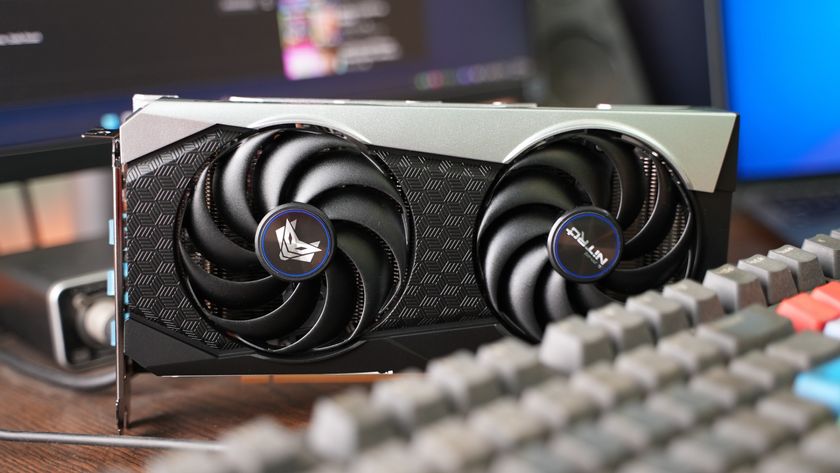
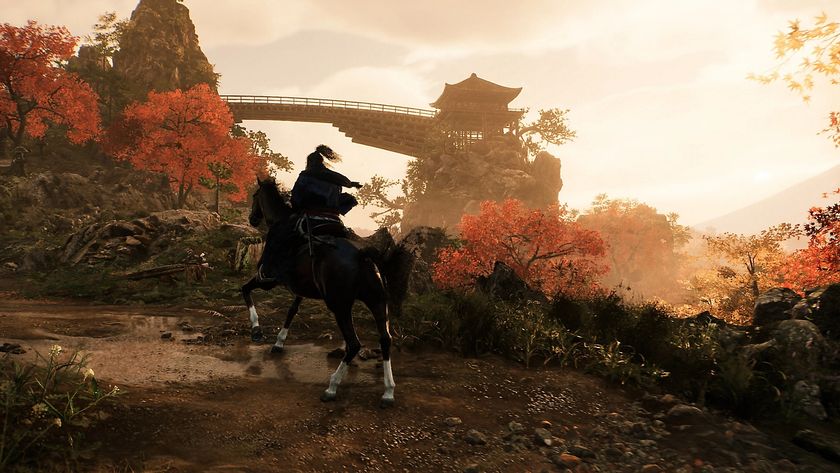
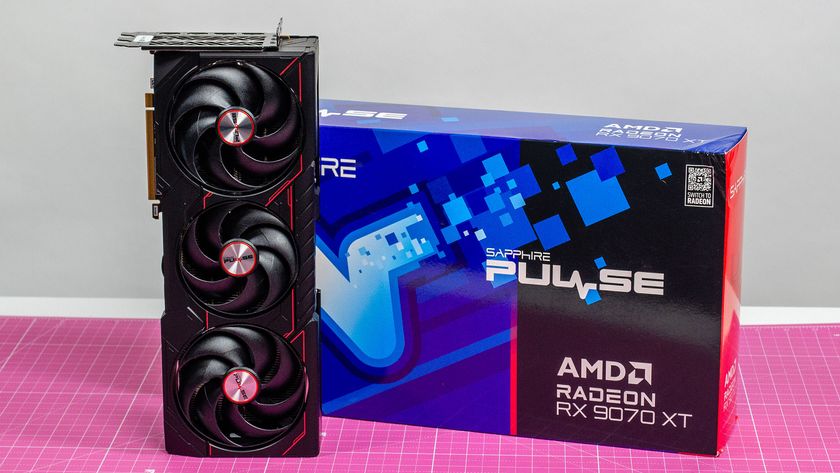
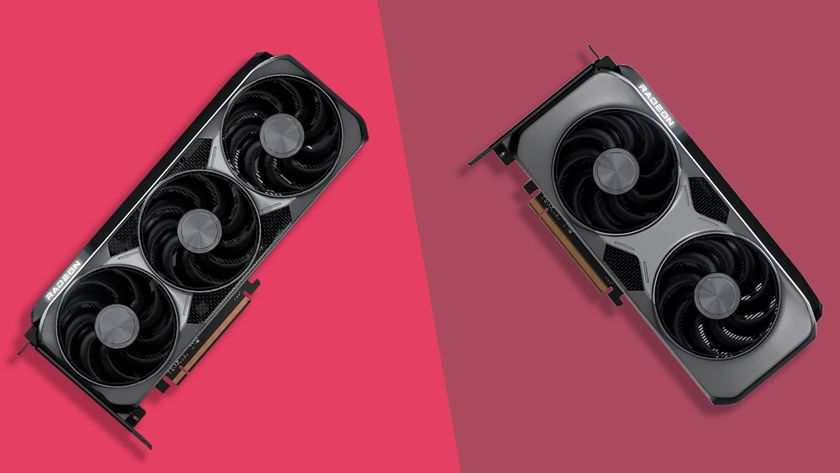

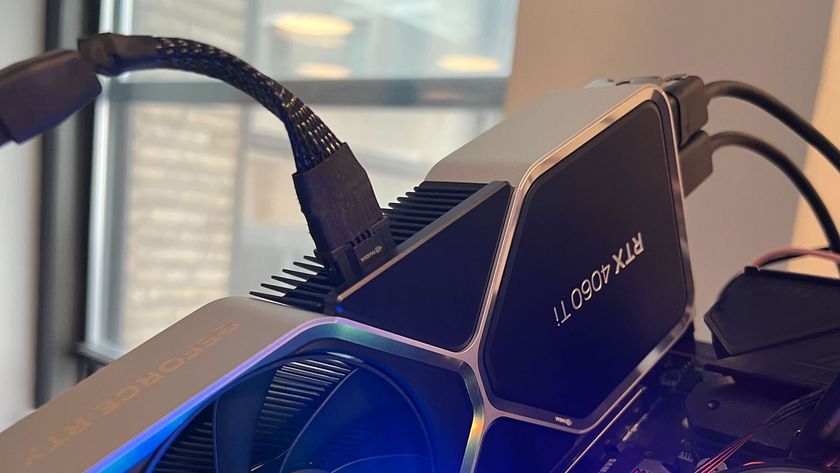



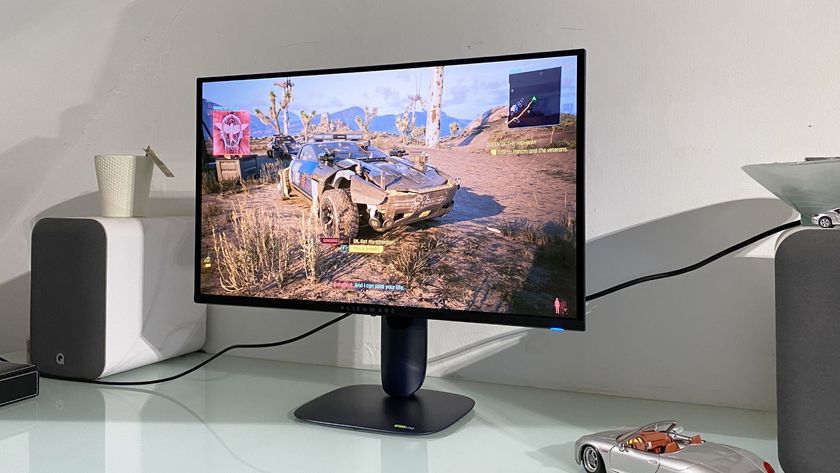



Diamond set to become mainstream coolant for AI GPU servers as world’s best thermal conductor promises 25% better overclocking, and 'double performance per watt'

Disappointed by The Electric State? Here's 4 reasons you should watch Tales From the Loop on Prime Video
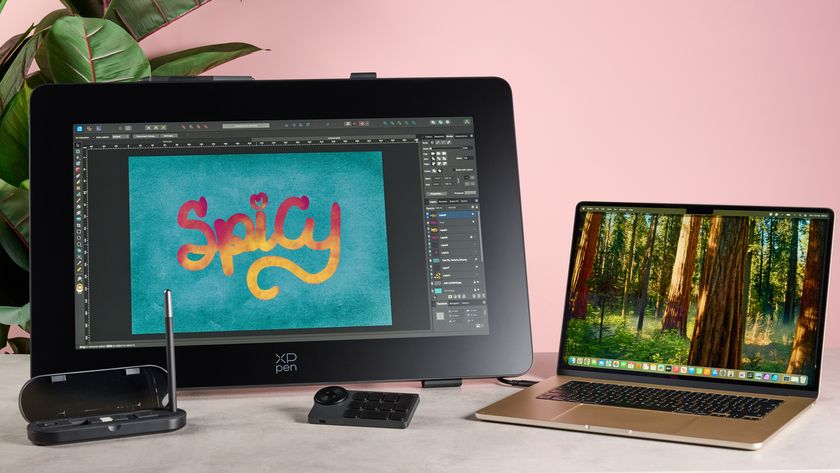
This impressive 4K drawing display I reviewed was so natural to draw on, I may never use paper again
